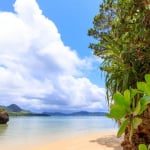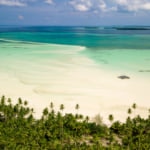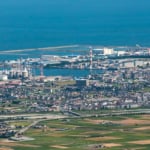Name: Murasaki Shikibu Park
Address: 20 Higashisempuku, Echizen City, Fukui Prefecture
Official/Related Website: http://fujinami-tei.jp/park.html
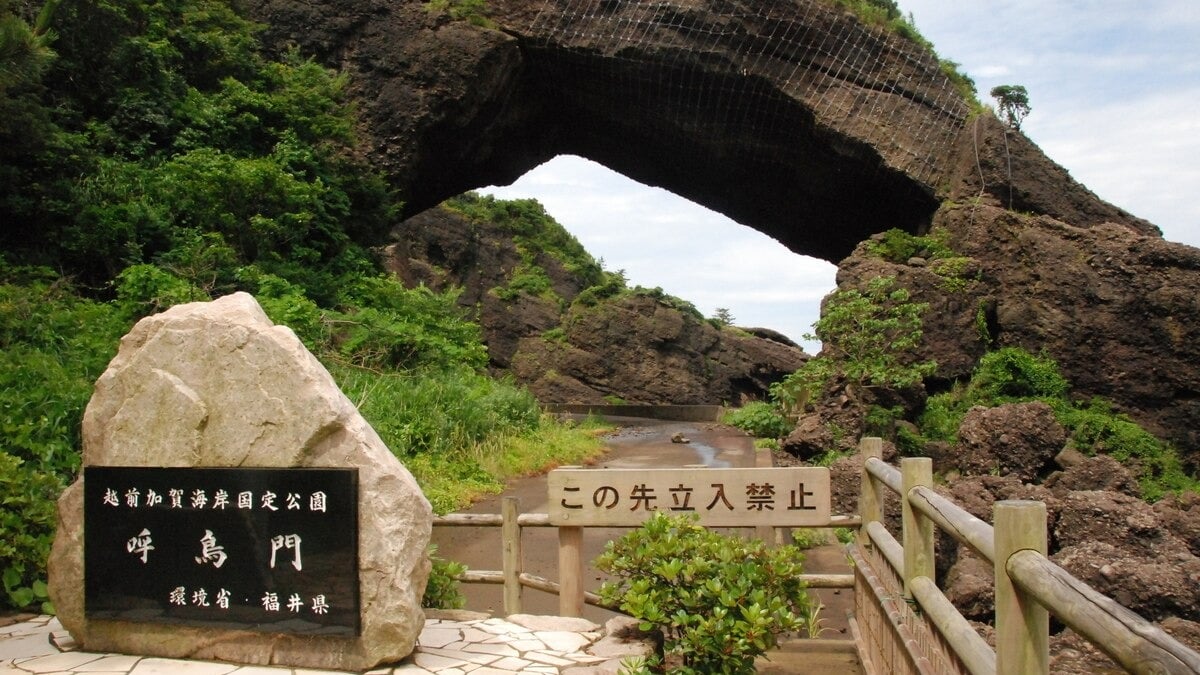
5 Recommended Spots in Echizen City – A Town That Developed as the Center of the Echizen Region
The former Takefu City was the second-largest city in Fukui after Fukui City itself, but it later merged with Imadate Town to become Echizen City. This town once flourished as the central hub of Echizen, and as a result, it is home to many historical sites.
While industries such as electronics, machinery, and chemicals are thriving, the city also continues to preserve and pass down its traditional local industries. Here are some tourist spots you should check out in Echizen City.
table of contents
[x] close
5 Recommended Spots in Echizen City – A Town That Developed as the Center of the Echizen Region
- 1. A Tourist Spot Welcomed by a Bronze Statue – "Murasaki Shikibu Park"
- 2. A Natural Tourist Spot in Echizen City – "Kochōmon"
- 3. Experience Edo-Period Streets in Echizen City – "Kura no Tsuji"
- 4. Visit the Birthplace of the Picture Book Artist from Echizen – "Chihiro Iwasaki Birthplace Memorial Museum"
- 5. Experience Traditional Washi Paper-Making in Echizen – "Udatsu Paper & Craft Museum"
- ◎ Summary
1. A Tourist Spot Welcomed by a Bronze Statue – "Murasaki Shikibu Park"
In 996, Murasaki Shikibu visited Echizen City with her father, who was appointed as the governor of Echizen Province. It is believed that she influenced the local advanced culture during her stay. This park was created in her memory. The shinden-zukuri style garden is modeled after the scenes described in The Tale of Genji, and the park was developed as a tourist attraction with that theme.
Tour guides are available to introduce the park's history. A 20-minute tour for one group costs 1,000 yen. There is also a paid costume experience where you can try on a traditional jūnihitoe (twelve-layered kimono):Hikaru Genji Course: From 10,000 yen and Young Murasaki Course: From 18,000 yenPreparation and photo session take about an hour. A great way to create a memorable experience!
The "Shikibu and Wisteria Festival" on May 3 is a major tourism event that draws many visitors to Echizen City. Inside the garden, you’ll find Fujinamitei (a rest area), souvenir shops, and restaurants, making it easy to drop by. There are also walking trails, and many people come here for a relaxing stroll. Souvenirs related to Murasaki Shikibu are available in wide variety.
2. A Natural Tourist Spot in Echizen City – "Kochōmon"
Kochōmon is a scenic spot on the Echizen Coast. While the entire coastline is ideal for sightseeing, Kochōmon is especially remarkable as a natural tunnel formed by wind and wave erosion. It is said that a former governor named it “Kochōmon” (“Gate Calling Birds”) with the idea of it being a gate that welcomes migratory birds. A national highway once ran through the tunnel, but due to the risk of collapse, it was rerouted, and now the area is for tourism only.
This massive cave was created over a long period of time through erosion and gives you a sense of nature’s powerful forces. Echizen City, located on a cape facing Wakasa Bay, is subject to strong winds and waves, making erosion a major force in shaping this landscape.
Interestingly, nearby public restrooms are styled as Japanese gardens. While this may be slightly unsettling for some, these unique toilets have gained attention. Be sure to stop by if you’re in the area.
Name: Kochōmon
Address: Nashinodaira, Echizen Town, Nyū District, Fukui Prefecture
Official/Related Website: http://www.fuku-e.com/010_spot/index.php?id=472
3. Experience Edo-Period Streets in Echizen City – "Kura no Tsuji"
Near the west side of JR Takefu Station lies "Kura no Tsuji." During the Edo period, Takefu (now Echizen) served as a logistics hub, leading to the construction of many warehouses. These historical buildings have been preserved as a tourist attraction. The area used to be filled with storehouses from that era, and many from the Taisho to early Showa periods still remain, offering a glimpse into a retro atmosphere—a true time-slip experience.
To maintain its historical appearance, the area has no signage and electric wires are buried underground, avoiding modern visual elements. Thanks to this effort, it won the “Beautiful Townscape Award” from the Ministry of Land, Infrastructure, Transport and Tourism in 2001. Visitors often feel as though they’ve stepped into an Edo-period town.
These storehouses also operate as shops, allowing visitors to experience buildings constructed during the Edo period. Regular events are held in the area, making it a popular place for experiencing a unique and nostalgic setting. Since it’s a lesser-known spot, you can enjoy it without worrying about crowds.
Name: Kura no Tsuji
Address: Horaimachi, Echizen City, Fukui Prefecture
Official/Related Website: http://www.fuku-e.com/010_spot/index.php?id=136
4. Visit the Birthplace of the Picture Book Artist from Echizen – "Chihiro Iwasaki Birthplace Memorial Museum"
Located about a 10-minute walk from JR Takefu Station, the “Chihiro Iwasaki Birthplace Memorial Museum” is the restored childhood home of renowned Japanese picture book artist Chihiro Iwasaki, who was born in present-day Echizen City. She illustrated works like Andersen’s fairy tales and Totto-chan: The Little Girl at the Window. She also wrote and illustrated many children’s books. Museums in various locations—including the Chihiro Art Museum and Azumino Chihiro Art Museum—have been established in her honor.
The memorial museum reproduces her home as it was during the Taisho era and opened in October 2004. Inside, you’ll find Taisho-era newspapers, the family living room, a well used for baby baths, and other household artifacts that provide a deep sense of daily life back then. Special exhibitions are held periodically in the gallery room.
In the “Chihiro’s Book Corner,” you can sit at a traditional chabudai table in a second-floor Japanese-style room and enjoy her books, giving you insight into the world in which her works were born. Be sure to take a step back in time and experience this period through her eyes.
Name: Chihiro Iwasaki Birthplace Memorial Museum
Address: 4-14 Tennocho, Echizen City, Fukui Prefecture
Official/Related Website: http://chihironoie.jp/
5. Experience Traditional Washi Paper-Making in Echizen – "Udatsu Paper & Craft Museum"
The Udatsu Paper & Craft Museum offers a firsthand look at kamitsuki (paper-making), a traditional practice from the mid-Edo period handed down in the Echizen region. The museum features exhibits preserving this cultural heritage, and the workshop allows visitors to observe all stages of traditional washi production. While most paper is made industrially today, this facility shows every step—from boiling raw materials (white bark), to scooping and drying sheets in the sun—all in the old-fashioned way.
A hands-on “nagashi-suki” (drain-scooping) workshop is available. Under the guidance of skilled artisans, visitors can try paper-making for themselves. It costs 5,000 yen per person, and though the final product is ready the next day, this is the only place in Japan offering such an authentic and comprehensive washi-making experience. If you're interested, it’s well worth the try.
Name: Udatsu Paper & Craft Museum
Address: 9-21-2 Shinzaikecho, Echizen City, Fukui Prefecture
Official/Related Website: http://www.echizenwashi.jp/features/udatsu.html
◎ Summary
The former Takefu City (now Echizen City) developed as a central hub of the Echizen region, leading to the growth of both industry and culture. Many of its sightseeing spots are not widely known nationwide but are connected to historically significant figures. There is also a strong effort to preserve and pass on traditional practices, making Echizen an ideal destination for experiencing traditional industries and culture through tourism.
RELATED ARTICLES
REGIONS
CATEGORIES
FEATURED ON Fukui
-

5 Recommended Must-See Spots When Touring Fukui in Winter
-
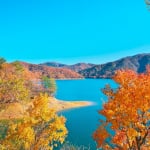
4 Recommended Tourist Spots in Kuzuryu – Enjoy Beautiful Natural Scenery and the Great Outdoors!
-
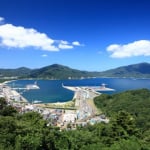
8 Must-See Tourist Spots in Tsuruga – Discover Breathtaking Beaches and Historic Landmarks
-
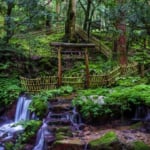
A town rich in nature and water! Introducing 8 sightseeing spots in Wakasa Town
-

Admire the Spectacular View of the Sea of Japan at Tōjinbō! The Charm of the Popular Tourist Spot, Tōjinbō
MOST POPULAR ON Fukui
-
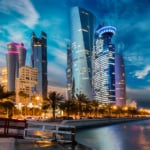 1
1Doha: Must-see Attractions in the Capital of Qatar
-
 2
2Toronto: 10 Things to do in this Picturesque Canadian City
-
 3
3Amarillo: A City Famous for It’s Amazing Canyons, Great History and Music
-
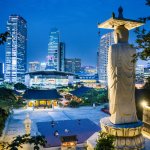 4
4South Korea: Dazzling Scenery, Rich Culture and Fascinating History
-
 5
5Kuwait: A Country in Middle East Asia Famous for Hot Sand Dunes and Stunning Cityscape


